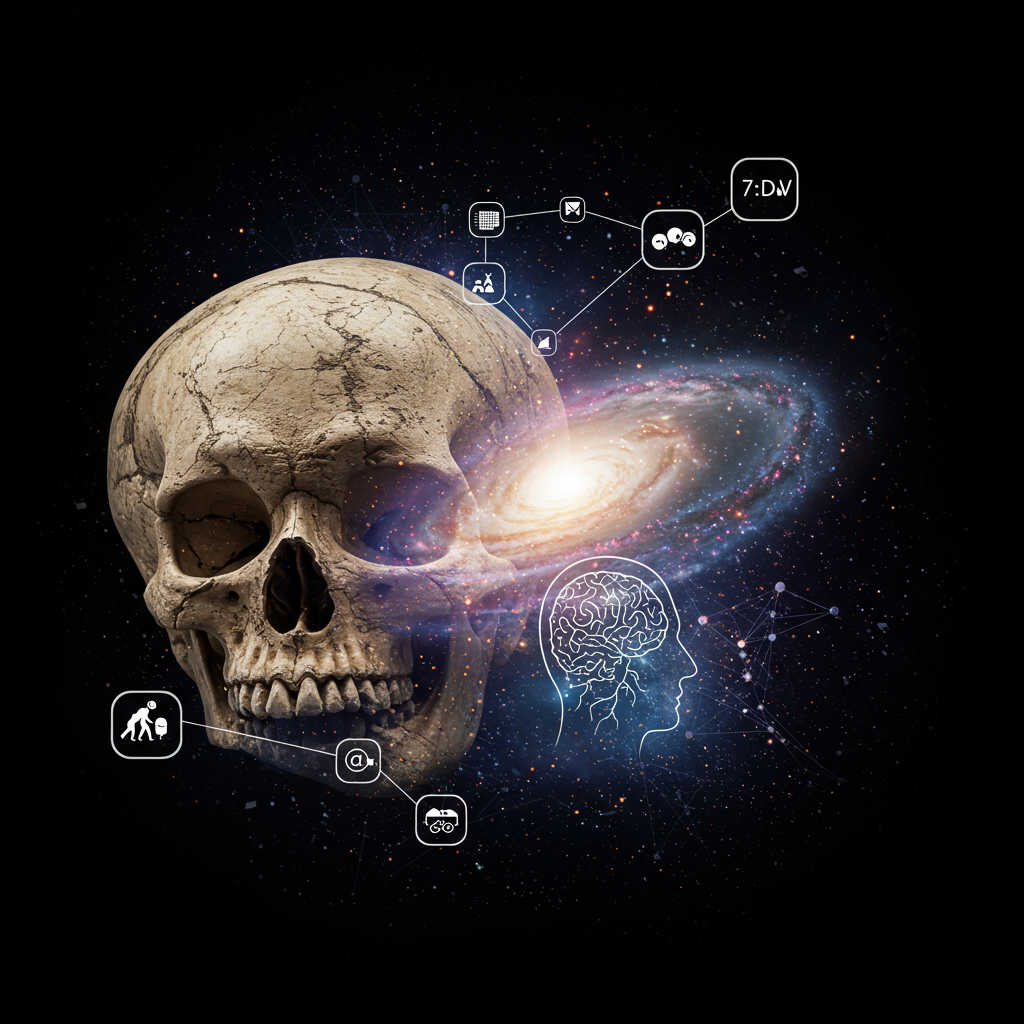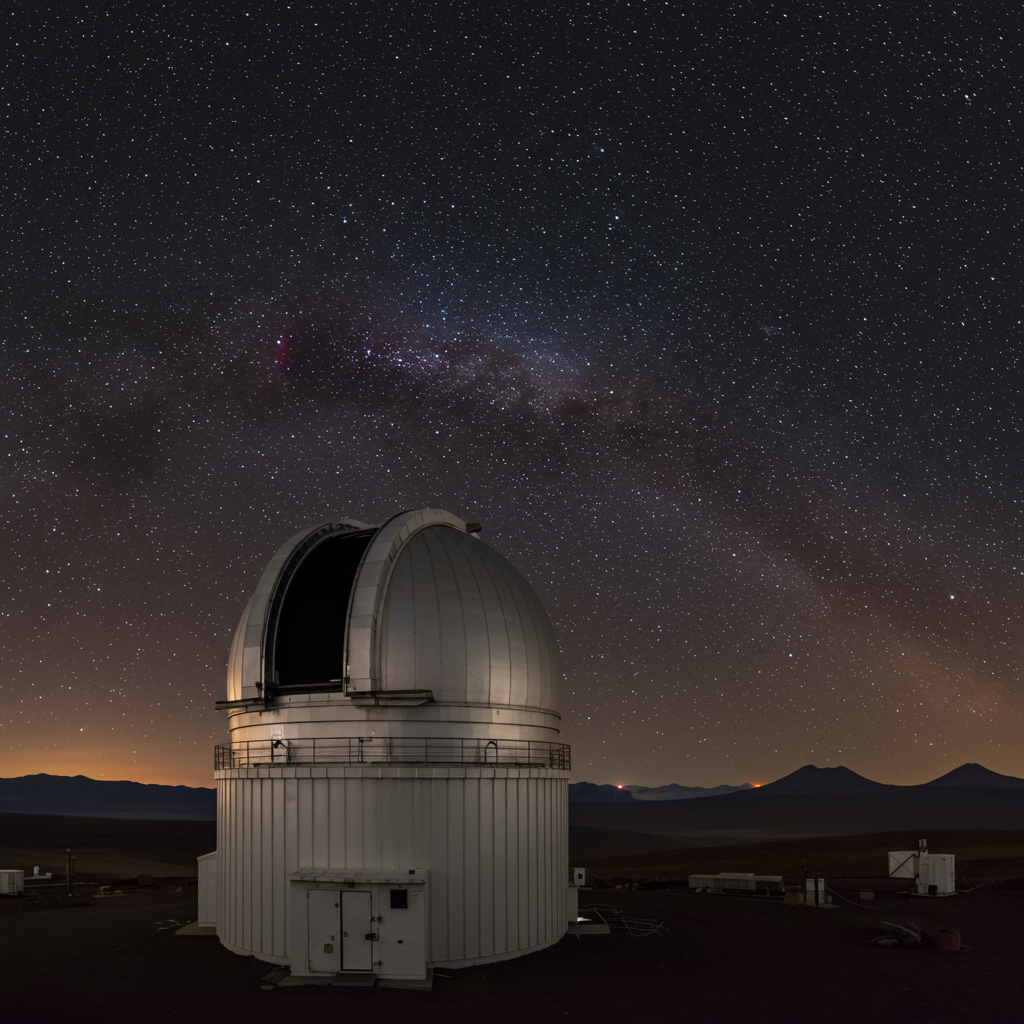This week in science brought significant progress on two long-standing mysteries: the true identity of an enigmatic ancient skull dubbed ‘Dragon Man’ and the elusive whereabouts of the universe’s ‘missing’ baryonic matter. Alongside these cosmic and evolutionary breakthroughs, researchers unveiled promising advancements in mental health treatment, highlighted the environmental impact of advanced AI, and reported on dynamic geological events.
Here’s a look at some of the most fascinating science news from the past week:
Unmasking the Mysterious ‘Dragon Man’
For nearly 90 years, a massive, human-like skull discovered in Harbin City, China, has puzzled scientists. Found by a laborer in 1933 during bridge construction, its unusually large cranium, broad nose, and big eyes hinted at a new chapter in human evolution. Initially classified by some experts as a potential new species, Homo longi, or “Dragon Man” (a name derived from the region’s name, Heilongjiang, meaning “Black Dragon River”), this classification was highly debated. Many paleontologists suspected the skull might belong to the poorly understood Denisovans, close ancient relatives of modern humans and Neanderthals, previously known primarily from limited fossils like teeth and bone fragments found across Asia.
Pinpointing the skull’s identity proved challenging, with initial attempts to extract ancient DNA failing. However, recent studies achieved a breakthrough by targeting preserved mitochondrial DNA within the dental calculus (calcified plaque) on the skull’s teeth. The dense crystalline structure of dental calculus provides remarkable protection against DNA degradation. By comparing this ancient genetic material to known samples, researchers confirmed the Harbin skull’s identity: it is, in fact, the first confirmed complete skull of a Denisovan ever found. This landmark identification, estimated to be around 146,000 years old, offers invaluable insight into the physical appearance and evolutionary history of this mysterious group.
Hunting for the Universe’s Elusive Missing Matter
Another cosmic puzzle moved closer to resolution this week: the mystery of the universe’s ‘missing’ baryonic matter. Baryonic matter, the ‘ordinary’ stuff made of protons and neutrons that forms stars, planets, and everything we can see, constitutes only about 5% of the total universe. Yet, paradoxically, scientists have only been able to directly observe roughly half of this expected baryonic matter. Where is the rest hiding?
Researchers are actively searching the vast, diffuse intergalactic space that lies between galaxies. One promising method involves studying short, powerful flashes known as Fast Radio Bursts (FRBs). These extragalactic signals travel across cosmic distances, and their paths can be influenced by the matter they encounter along the way. By analyzing how FRBs are affected as they traverse the cosmos, scientists can glean clues about the distribution and density of the matter in the space between galaxies. This week, new findings using this technique offered compelling insights, suggesting that scientists may have just located some of this long-sought missing baryonic matter.
Beyond the Headlines: More Science Highlights
While ‘Dragon Man’ and missing matter captured significant attention, other scientific news this week offered compelling glimpses into diverse fields:
Mental Health Breakthroughs: New research presented at the Psychedelic Science 2025 conference provided encouraging long-term data on psilocybin therapy for depression. The study indicated that a single dose of psilocybin, the psychoactive compound in magic mushrooms, could potentially alleviate depression for at least five years. Researchers reported that an impressive 67% of participants who had suffered from depression remained in remission half a decade after just one psychedelic therapy session, also noting reduced anxiety and improved daily functioning.
AI’s Environmental Footprint: A new study highlighted a less discussed cost of advanced artificial intelligence. Asking complex reasoning questions to sophisticated large language models (LLMs) like Anthropic’s Claude or OpenAI’s models can generate significantly more carbon dioxide emissions – potentially up to 50 times more than basic LLMs – due to the increased computational power required. While emissions vary based on hardware and energy sources, the findings underscore the need for users to consider the environmental impact of deploying advanced AI technologies. (On a positive note, this week also saw news of an EV battery greenlit for mass production that recharges in just 18 seconds and a new Microsoft AI model capable of forecasting hurricanes and sandstorms 5,000 times faster).
Colorado River’s Shrinking Resource: Stark satellite data released this week reinforced concerns about the future of water resources in the Colorado River basin, which serves some 40 million people. As surface water supplies dwindle to record lows, reliance on groundwater pumping has surged, leading to massive losses over recent decades. While some research suggests this vital groundwater resource could be significantly depleted by the end of the century, the full implications and necessary solutions remain critical topics of investigation.
Volcanic Activity: Indonesia’s Mount Lewotobi Laki-laki volcano erupted twice in two days, sending massive ash plumes more than 6 miles high. The explosive eruptions showered material over nearby villages and prompted officials to raise the eruption alert to the highest level. Fortunately, no casualties were reported at the time.
From uncovering ancient human history to mapping the furthest reaches of the cosmos and addressing pressing contemporary challenges, this week offered a reminder of the relentless pace and profound impact of scientific discovery.




